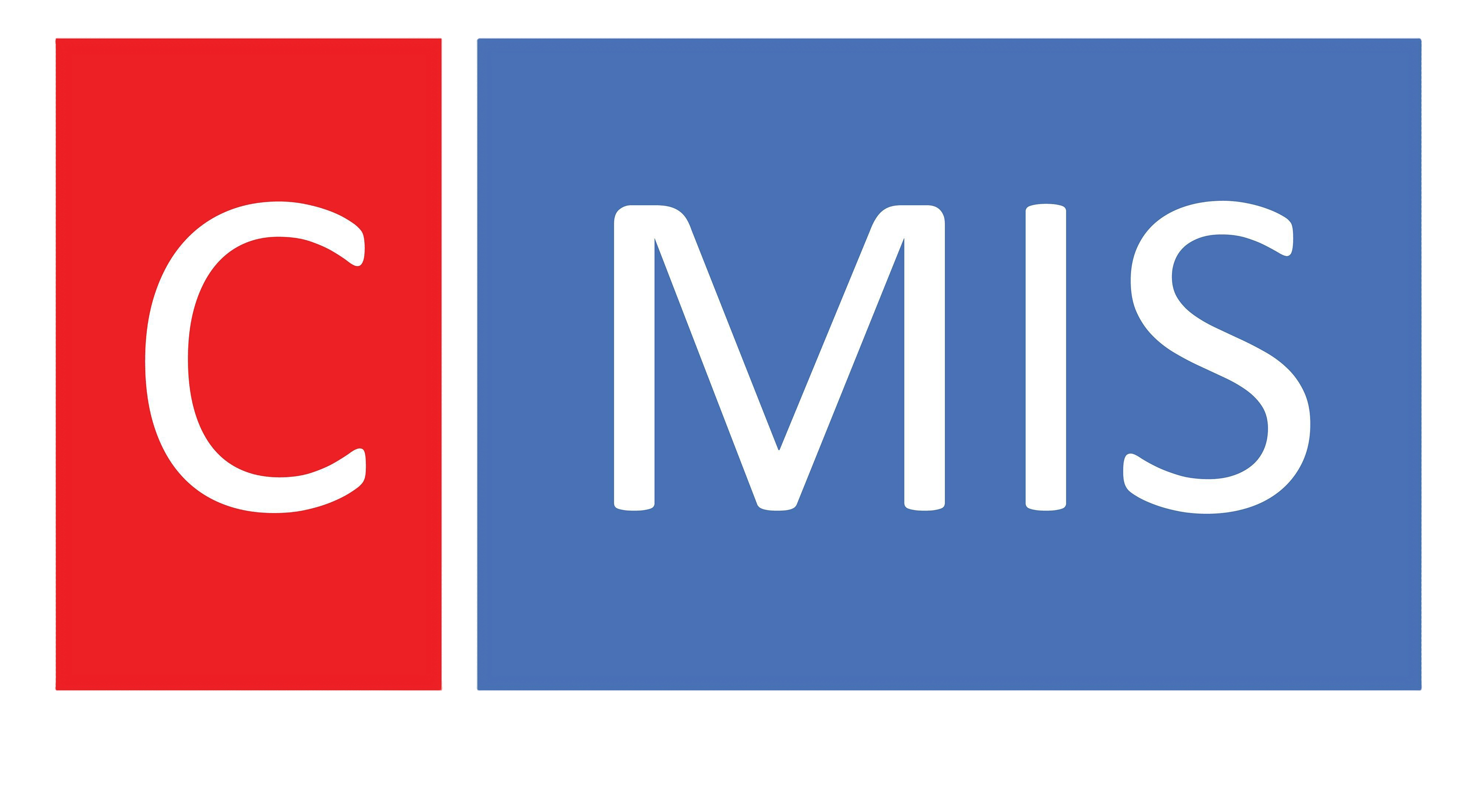- Discover the secrets to effectively navigating complex federal regulations that could save your projects from costly claims and delays.
- Learn how leveraging the right project management software can transform your team’s productivity and communication, significantly minimizing risks.
- Uncover proactive strategies for risk assessment and dispute resolution that can protect your projects and ensure smooth operations.
Navigating federal regulations in construction management can appear daunting, yet with a structured and attentive approach, you can manage your projects more efficiently and significantly reduce the risk of construction claims. This post will guide you through key areas, including understanding federal funding requirements, leveraging software for project management, and improving compliance for city and county teams.
Understanding Federal Funding Requirements
When operating under federal funding, it is crucial to understand the specific guidelines and documentation required. Familiarize yourself with guidelines outlined in the Office of Management and Budget (OMB) circulars, as these provide essential information about allowable costs, required documentation, and compliance standards. Engaging with these regulations ensures that you maintain a clear line of communication with federal agencies, fostering a more stable project environment.
Step 1: Review OMB Guidelines
Begin by reviewing the applicable OMB circulars, such as Circular A-87, which outlines cost principles for state, local, and tribal governments. It is beneficial to hold training sessions for your team to ensure everyone understands the requirements.
Step 2: Document Everything
Implement a robust documentation process. Maintain comprehensive records of all expenditures, communications, and progress reports. This not only aids compliance but also provides a clear picture to resolve any potential disputes effectively.
Step 3: Regular Audits
Schedule regular internal audits to ensure compliance with the established guidelines. Identifying discrepancies early can prevent larger issues from surfacing later in the project lifecycle.
Managing Construction Projects Efficiently
Efficient project management in construction requires a strategic approach to planning and execution. Establishing clear roles and responsibilities within your team is critical.
Step 1: Define Roles and Responsibilities
Utilize a project management framework such as RACI (Responsible, Accountable, Consulted, Informed) to clarify who is responsible for each task. This structure helps minimize confusion and ensures accountability.
Step 2: Create a Detailed Schedule
Develop a comprehensive project timeline using tools like Gantt charts, ensuring that all milestones and deliverables are mapped out clearly. This helps in tracking progress and avoids last-minute rushes that could lead to claims.
Step 3: Communication Channels
Establish multiple communication channels for your team. Regular meetings, status updates, and utilizing collaboration tools such as Slack or Microsoft Teams can foster transparency and promptly address any emerging issues.
Using Software for Project Management
In today’s digital age, leveraging technology can streamline your construction management practices. Project management software can provide numerous advantages, including real-time tracking of budgets, schedules, and project documents.
Step 1: Choose the Right Software
Select a project management tool that aligns with your specific needs. Options like Primavera P6 and Microsoft Project offer diverse functionalities tailored for construction projects.
Step 2: Train Your Team
Once you have chosen your software, conduct training sessions to ensure your team is confident in using the tool. This investment in training enhances productivity and reduces errors associated with miscommunication.
Step 3: Regular Reviews and Updates
Implement a routine for reviewing project status within the software platform. Encourage team members to update their task statuses regularly, thus maintaining an accurate overview of the project’s progress.
Reducing Construction Claims
Construction claims can lead to significant delays and added costs if not managed properly. Implementing proactive measures can address potential risks before they escalate.
Step 1: Risk Assessment
Conduct a thorough risk assessment at the beginning of each project. Identifying potential risks allows you to develop strategic responses to mitigate those risks effectively.
Step 2: Clear Contractual Agreements
Ensure that all contracts are detailed and clearly outline the responsibilities, expectations, and procedures for managing change orders. This creates a point of reference for all parties involved.
Step 3: Dispute Resolution Procedures
Establish procedures for resolving disputes before they escalate into claims. Consider incorporating mediation or arbitration clauses in your contracts as they can facilitate quicker resolutions while maintaining relationships.
Improving Compliance for City and County Teams
As a city or county construction management team, your compliance with federal regulations comes with the responsibility to ensure public accountability. Adopting a proactive approach to compliance is essential for operational success.
Step 1: Continuous Education
Promote ongoing education about federal regulations and best practices within your team. Workshops and training sessions help reinforce the importance of compliance and keep your team informed of any updates.
Step 2: Compliance Checklists
Develop compliance checklists tailored to specific projects. This can serve as a helpful tool for ensuring that all aspects of the project align with federal guidelines.
Step 3: Collaborate with Legal Advisors
Regularly consult with legal advisors familiar with construction law and federal requirements. Their expertise can help you navigate complex regulations and ensure that your projects remain compliant.
In summary, navigating federal regulations requires a detailed and systematic approach. By understanding funding requirements, managing projects efficiently, utilizing software, reducing claims, and continuously improving compliance, you can create a stable and effective construction management environment. Through these practices, you will foster confidence within your team and stakeholdеrs while contributing to the overall success of your projects.
As we conclude this comprehensive discussion on navigating federal regulations in construction management, we invite you to explore further the innovative solutions that can enhance your team's performance and compliance.
The complexity of managing federal requirements can be greatly alleviated through the right resources. We encourage you to take the next step and discover how CMIS software can streamline your processes. By attending our upcoming software webinar, you will gain access to expert insights and practical demonstrations that can transform your project management approach. Don’t miss this opportunity to empower your team with cutting-edge tools.
Visit https://c-mis.com to register for the webinar and unlock the potential to elevate your construction management practices. Your journey toward enhanced compliance and efficiency begins here.



